The Struggle for Indigenous and Freshwater Rights at Copenhagen and Beyond
A look back at the concerns of indigenous communities during the historic climate talks in Copenhagen last month.
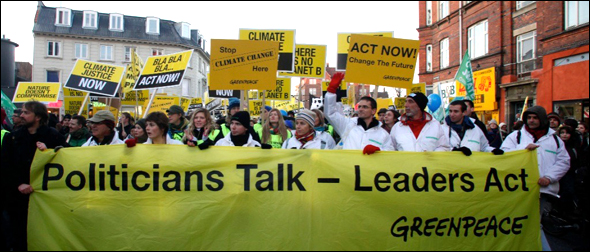
On the ground with activists from around the world at one of the biggest demonstrations during the United Nations climate talks in Copenhagen last month. Grassroots organizers and underrepresented groups banded together to give voice to the water consequences of climate change. Photo © J. Carl Ganter / Circle of Blue
By Aubrey Ann Parker, Circle of Blue
For two weeks in Copenhagen last month climate negotiators debated carbon levels, emissions, and balancing the financial burden of saving the planet among developed and developing countries. Still, even as international leaders wrestled with the complex mix of geopolitics, science, economics, and diplomacy, another important ingredient in the climate crisis was barely mentioned: the effect of the warming planet on the Earth’s freshwater.
The same oversight, however, was not repeated by public interest organizations and water advocates who also were in Copenhagen, especially indigenous representatives from underdeveloped countries that are most vulnerable to climate change and the diminishing access to fresh water.
Numerous groups, such as the Khapi community in Bolivia and the Tagalog in the Philippines, banded together in Copenhagen to explain at a number of meetings and public events how climate change is already threatening their access to food and water, as well as the sustainability of their thousands years old cultures. Some of the strongest voices were heard during the World Water Movements and COP15: Proposals and Strategies for Water and Climate Justice panel.
Debating Water as a Right to Life
“Almost all countries, except those that are victims of climactic disaster, are not interested in dealing with water,” said Riccardo Petrella, author of The Water Manifesto and founder of the Lisbon Group, a think tank that critically analyzes globalization. “Because if they deal with water, they have to deal with the right to life.”
Petrella, one of the members of the World Water Movements Panel, criticized the economic model that categorizes water as a commodity rather than a “precious community resource and fundamental human right.” Currently there is no international law to regulate the right to freshwater supplies, but Petrella argued that the United Nations climate negotiations, which are expected to continue in Cancun, Mexico near the end of the year, should be the gateway to further reform. If water were to be included in the global climate agreement under negotiation, nations would be responsible for ensuring the preservation of both these “common goods,” Petrella said.
“It is not your right to good energy,” he said. “Nor your right to a good car—your four by four powered by green oil. We need to challenge the type of consumption that is part of today’s [climate] negotiations, which should lead to a global contract—not only on energy and on agriculture—but also on water and the right to life for everybody.”
“We should defend water as a common good,” he added, “because it is an instrument of the right to life.”
André Abreu of France Liberté, a French-based foundation that works to improve access to fresh water, also spoke during the discussion and cautioned that identifying the connections between water and climate isn’t enough. Different policy must take shape. Since the right to water and the right to life are synonymously interchangeable, he claimed that water protection should instead be tied to necessity.
“Floods, dryness, temperature—all are main aspects to climate change have a link to water,” Abreu said. “But we know that it is fuel first at these negotiations. Water is not considered with the importance that it deserves.”
Abreu warned that the presence of transnational companies during negotiations at the Bella Center, where the UN Climate Change Conference was held, was very dangerous. He said he was especially weary of businesses that offered to use green technologies to fight food and water shortages.
The Philippines: A Look at the Hydropower Dilemma
Public restiveness around the world over climate and water issues is increasing in developing nations. In the Philippines, for instance, southern areas of the country could experience intense droughts, while erratic rainfall and typhoons are projected for the north. In September, a flood led to 900 deaths.
In November, more than 100 members of the northern Tagalog indigenous communities marched 100 miles to protest the Laiban dam project on the Kaliwa and Kanan rivers, which could potentially displace 4,500 families.
Although this project—located near the Marikina-Infanta earthquake fault line, according to the Philippine Daily Inquirer—is not for energy, critics of the project assert it will divert 1.9 billion liters per day for domestic water supply in the nearby city of Metro Manila by flooding 28,000 hectares of rain forests that previously currently serve as a carbon sink.
Around the same time, indigenous communities protested the Pulangi V dam project in Bukidnon, which would increase the city of Mindanoa’s electricity grid by more than 300 megawatts by 2015, but submerge 80,000 hectares of land—including sections of seven towns and the sacred ancestral lands of the Pulangi-Manobo tribe, according to Indigenous Peoples Issues and Resources.
Dianne Roa—co-author of a report on alternative power industry reform in the Republic of the Philippines and another panelist for the event—said that hydropower is a complex issue that involves prioritizing amongst domestic water use, downstream agricultural use, or low-carbon energy.
Roa explained that for several years the water district of the southern city of Davao has been fighting for the possession of the last remaining potable river in the area. Meanwhile the Hedcor corporation has proposed a large hydropower project for the Tamugan River. Opponents claim the dam diverts valuable drinking water and destroys the aquatic ecology while giving corporate control to a public entity.
“Hydropower makes use of climate change in packaging itself,” Roa said, “presenting itself to the public as clean energy, therefore it is good. This complicates things—not simply for ensuring access to water for drinking—but also that our need for water is not exploited for private profit at the expense of our climate and the environment.”
Roa argued that the existing framework that has been used for the last century in water management does not have the capacity to address the complex issues of the intimate reflections between climate change and water, as described in her three Philippine examples. Including water in the UN climate agreement would not be enough. In fact, she said, the issue could become even more dangerous if water is treated as a commodity, allowed to succumb to the same problems that energy and carbon emissions have in the market economy.
“Once water is in the UNFCC, the more difficult step will be creating a new framework such that water doesn’t go down the same path as energy,” Roa said.
Bolivia: Melting Glaciers and Resource Migration
In addition to alternative energy pressures, climate and water problems have been a driving force behind resource migration for indigenous communities.
The pace of glacial melting and retreat is accelerating in Bolivia, according to a recent article in The New York Times. In the Andean region in Bolivia, more than 1,000 indigenous communities depend on tropical glaciers for their water sources. During the rainy season, ice mass is added to glaciers while the water slowly runs off the mountains and is used for food, sanitation, and drinking during the dry season.
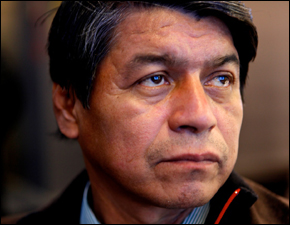
Cristian Dominguez is the secretary of Natural Resources of the Bolivian Confederation of peasant Trade Unions or CSUTCB. CSUTCB played a significant role in demonstrating against Bolivia’s previous president, Carlos Mesa, and supports the nationalization of natural gas reserves and opposes water privatization in the country. Photo © J. Carl Ganter / Circle of Blue
“We don’t have a glacier anymore. There is no ice. Just a mountain of rocks,” said Roxana Castellon, an attorney with Agua Sustentable, a non-profit that provides a forum for stakeholders to discuss water issues in Bolivia. Castellon appeared at one meeting in Copenhagen during which she showed two photos displayed side-by-side. One was of a snowcapped Chacaltaya Glacier in 1945, while the other, taken 50 years later, showed only a small piece of ice at the top. Earlier this year, the same perennial mass of ice completely disappeared.
“This glacier for us signifies life because the water cultivates our crops—we need these waters,” said Alivio Aruquipa, who was representing the Andean Khapi community. In Palca, a municipality of La Paz, 48 families consisting of the 1,500 Aymara indigenous peoples depend on the Illimani glacier to regulate the seasonal flow of water. In the last 10 years, the Illimani has experienced 10 percent loss of ice. Aruquipa explained that scientists have consulted his people, and given the life expectancy of the glacier as 7 to ten years before it is nothing more than “a big black rock.”
“We don’t know where we are going to go. Like the ice, the source of our lives will be disappearing too. Where are we going to go?” Aruquipa and his people are very worried because they have heard stories of what happened when glaciers have disappeared in other places around the world. The Khapi community is traditionally an agricultural community, and many families do not speak Spanish. He fears they will not have a chance to integrate into other places easily.
Bolivian President Evo Morales has heard the complaints and announced in December his intention to hold an alternative climate summit in April, one that will bring together governments and indigenous leaders to discuss the rights of natural resources. It is to be held in Cochabamba.
“Without water, our plants will dry out and our animals with die. Our lands—the area will become a desert,” said Aruquipa. “But we are based at the Illimani by tradition for many years. We have our own language and our own cultural traditions, which we would lose if we were to leave because the [glacier] water is part of our culture.”
is a Traverse City-based assistant editor for Circle of Blue. She specializes in data visualization.
Interests: Latin America, Social Media, Science, Health, Indigenous Peoples

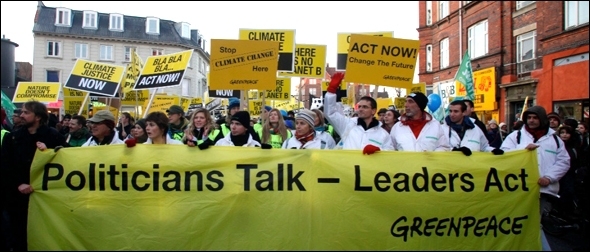
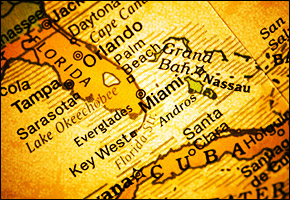
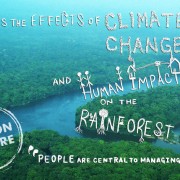

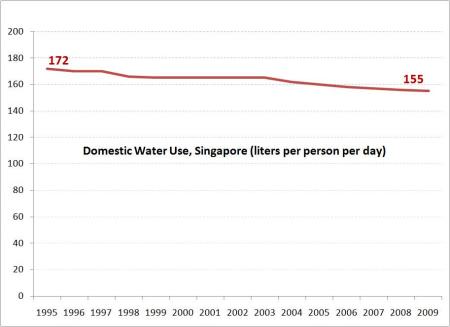
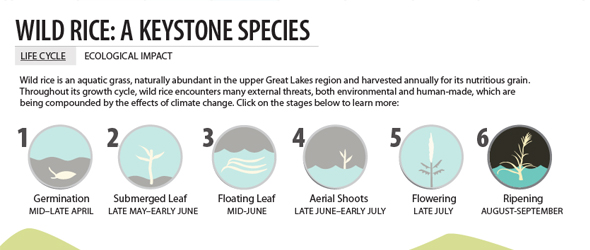


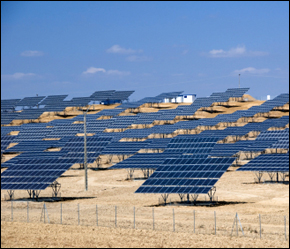
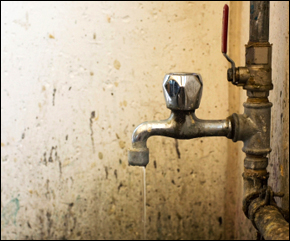
Many observers on this issue are agreeing that deals over natural resources, especially water, will be common-place over the next decade and beyond. Professor Stewart Burn has written a blog for the Future Agenda Project in which he outlines the future of water as a resource and the challenges surrounding it, stressing its importance as “the only natural resource with no substitute” and how “overall demand for freshwater will exceed supply by more than 50% by 2025 and so the number of people living in water stressed regions will increase”: http://www.futureagenda.org/?cat=5.
This is exactly why water must be declared a global human right. However, corporations in league with governments fight this because to do this would mean they would give up claim to freshwater privitization and would be held legally liable for their actions. It must be the people who stand up with indigenous groups across this globe to demand the right to freshwater for our agriculture, our health, and our future. There is a great disconnect between water and climate change and I could never figure out why. It is simply a fact that water plays a great role in the climate balance and sustainability of our planet. Copenhagen on the whole was a great disappointment, but then, at this point I don’t expect much from politicians. This will have to be a grassroots peoples’ movement in order to make any discernable progress in preserving this planet for our children.
The facts on the section about the Philippines are inaccurate. Land submerged for the Pulangi V dam will only total 3,300 hectares as opposed to the 80,000 hectares mentioned. And there are NO claims on ancestral domain by the indigenous peoples themselves, the Manobos. The claims have come from opposition groups alone.
The Pulangi V hydro project has undergone, not only scientific, but also social preparations. All factors have been considered and brought to the attention of all stakeholders especially the indigenous peoples directly affected. Many of them have signed the agreement in support of the project.
As to potable water, the Pulangi V dam has no irrigation component and therefore, water will flow freely back into the main river after its power has been harnessed by the dam to produce energy that will help fill a shortage of 300MW out of the 500MW defeciency Mindanao is now starting to experience in the form of regular power outages.
La capital de Bolivia es SUCRE no Cochabamba, lo demas a favor